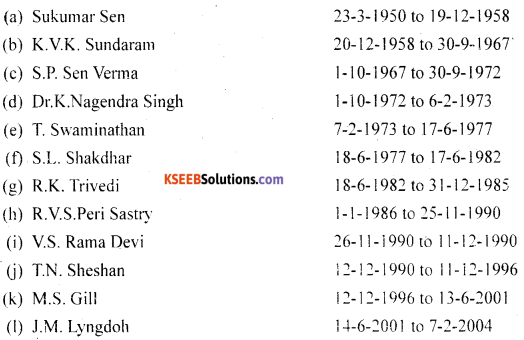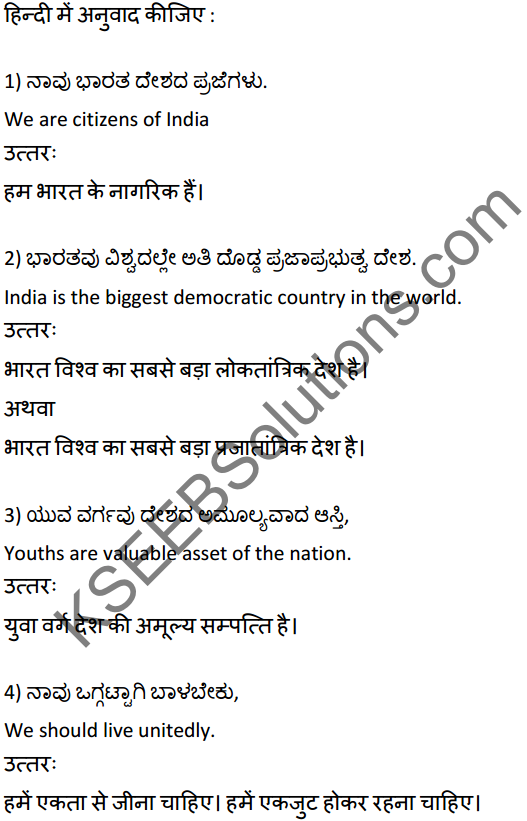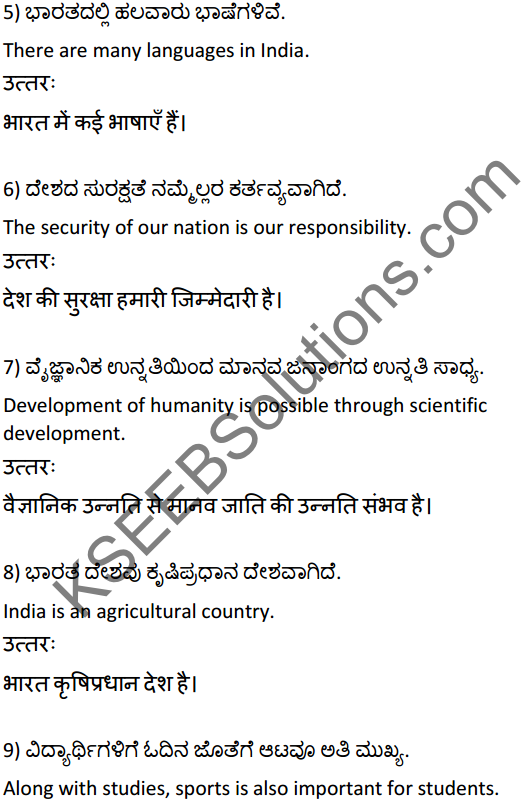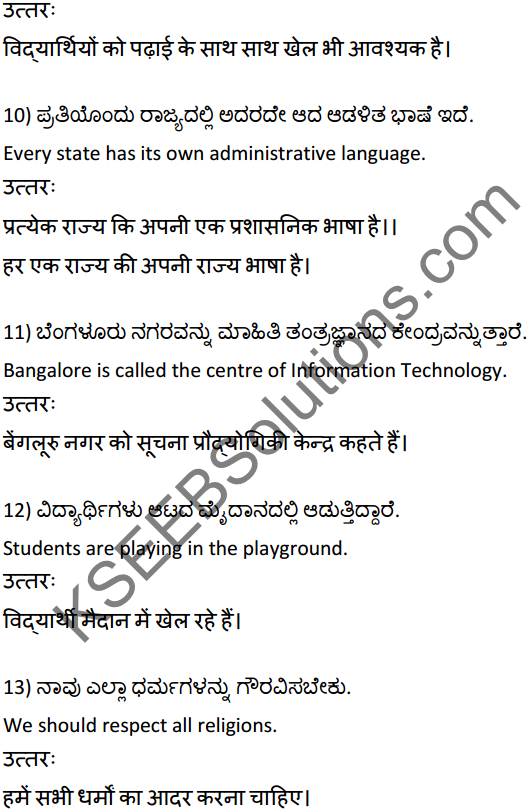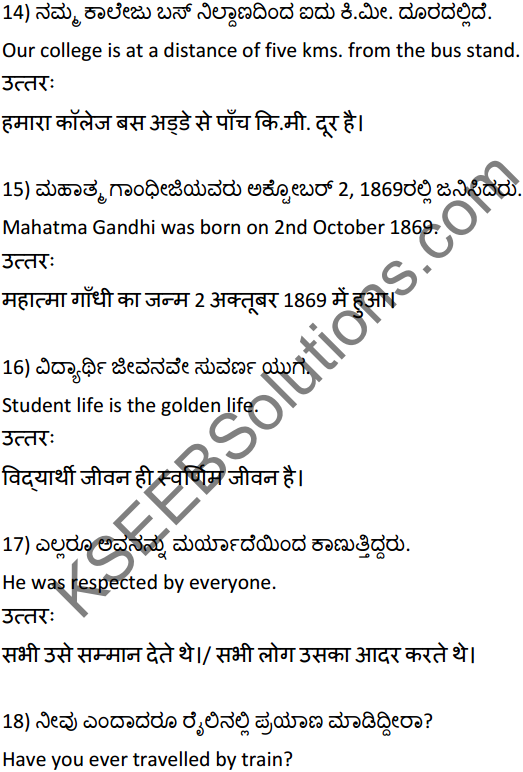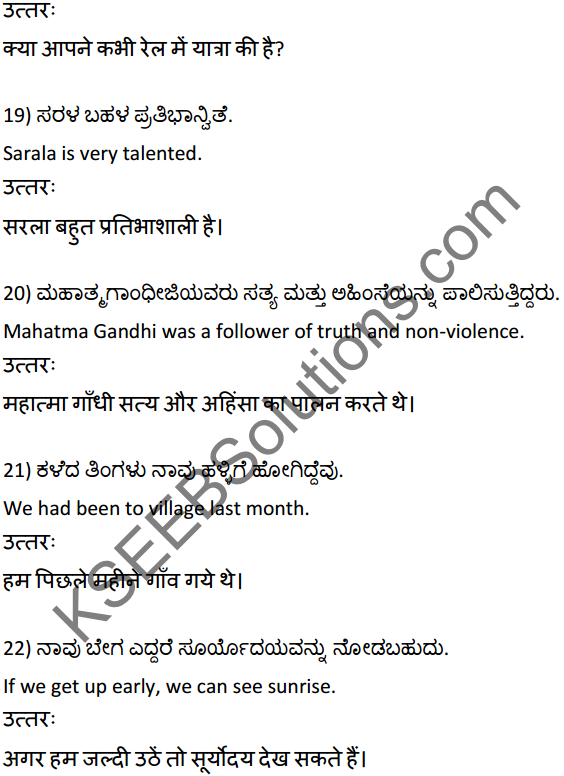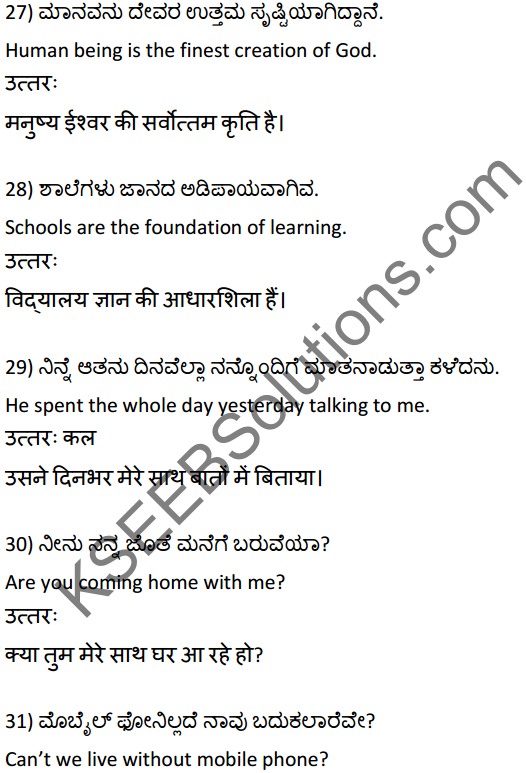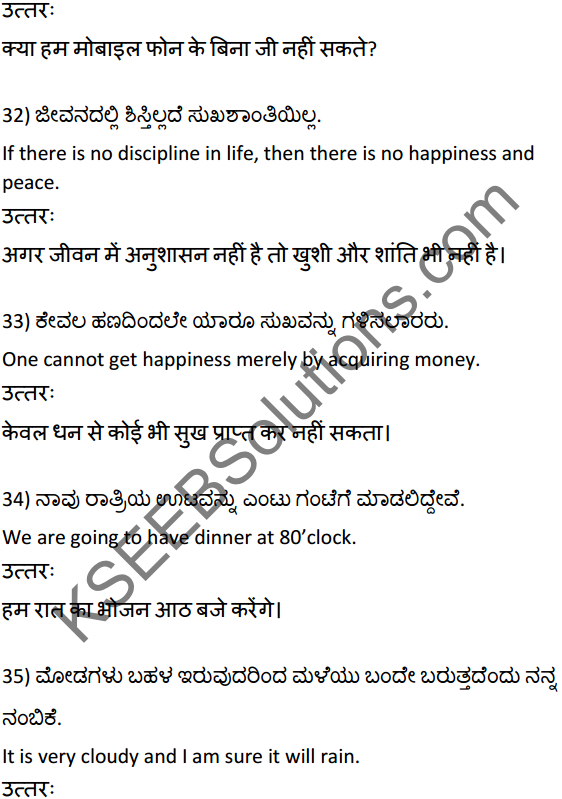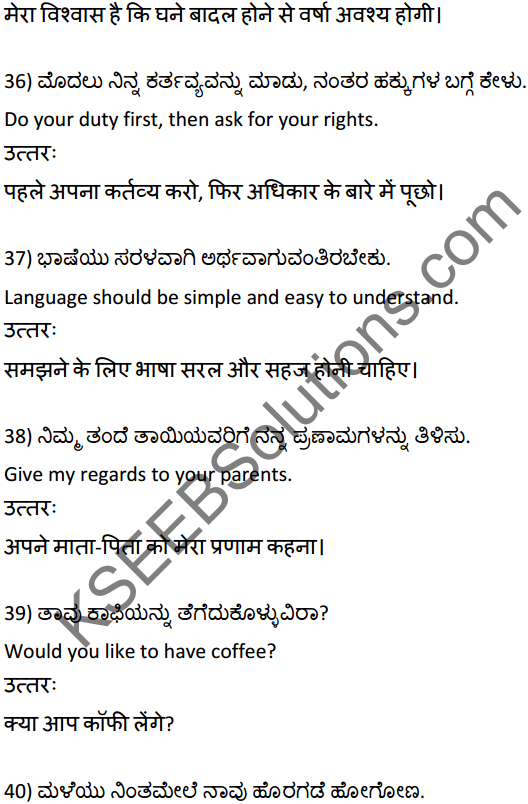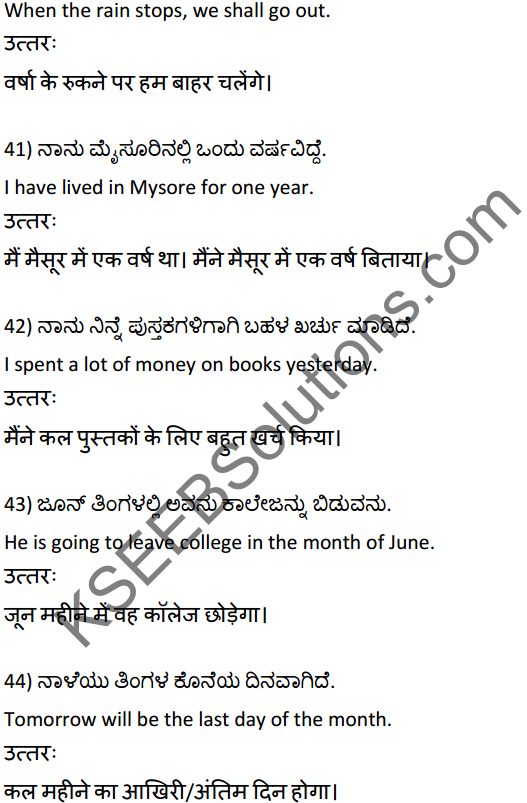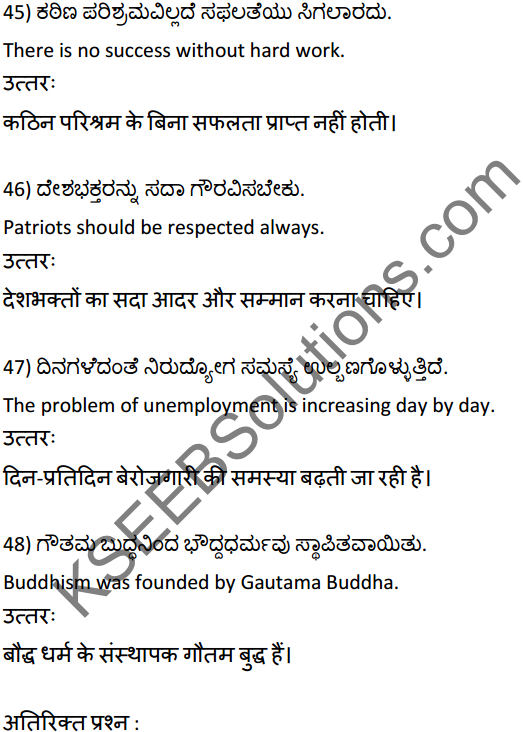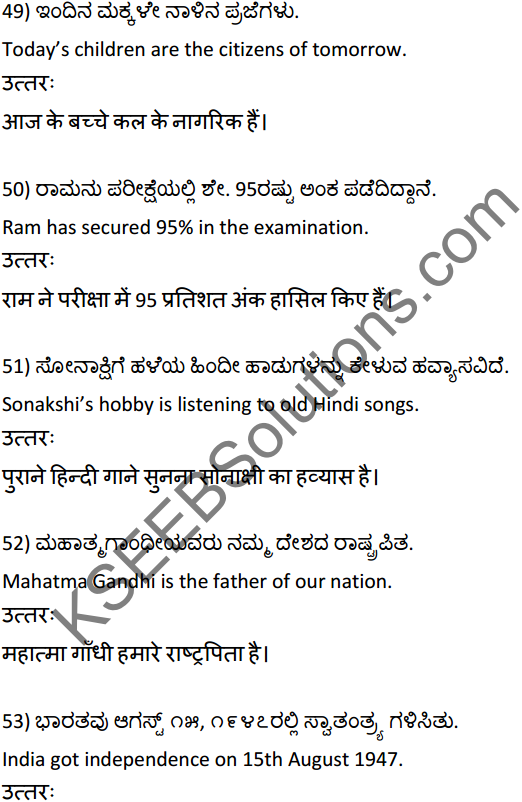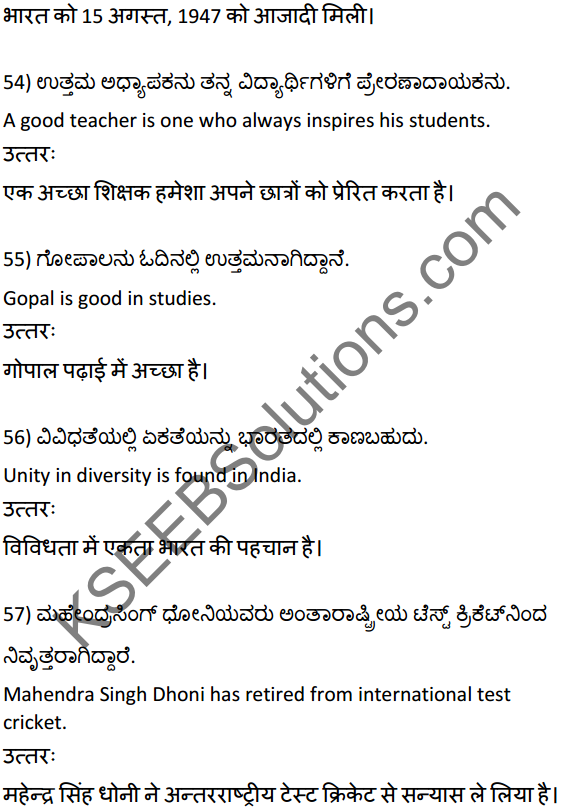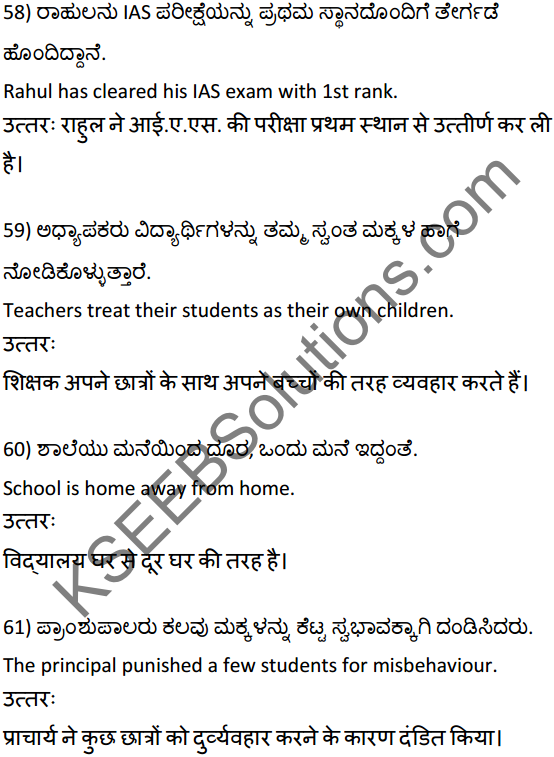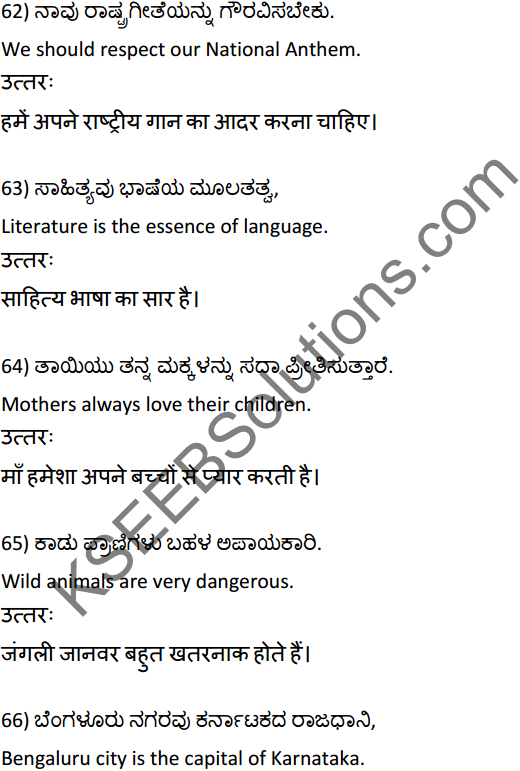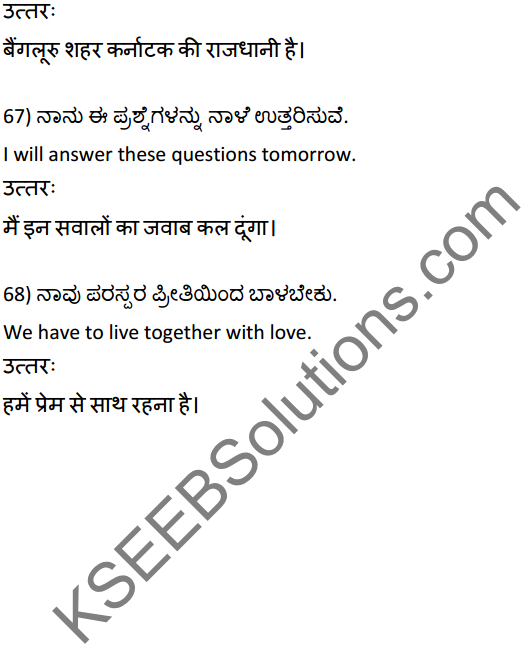You can Download Chapter 1 Introduction to History Questions and Answers, Notes, 1st PUC History Question Bank with Answers Karnataka State Board Solutions help you to revise complete Syllabus and score more marks in your examinations.
Karnataka 1st PUC History Question Bank Chapter 1 Introduction to History
1st PUC History Introduction to History One Mark Questions and Answers
Question 1.
What is the meaning of the word ‘History’?
Answer:
History means ‘Enquiry’ or Investigation.
Question 2.
From which language is the term ‘History’ derived.
Answer:
The term ‘History’ has been derived from the Greek word ‘Historia’, which means ‘Enquiry’ or Investigation.
Question 3.
Who is called as ‘The father of History’?
Answer:
Herodotus the Greek Historian is regarded as the father of History.
Question 4.
To which country did Herodotus belong?
Answer:
Herodotus belonged to Greece.
Question 5.
Mention the work of Herodotus.
Answer:
The work of Herodotus was ‘The History of Persian Wars’.
![]()
Question 6.
Who wrote the book ‘The City of God’?
Answer:
St. Augustine wrote the book ‘The City of God’.
Question 7.
Who gave the economic interpretation of History?
Answer:
Karl Marx gave the economic interpretation of History.
Question 8.
Write the definition of History by Karl Marx.
Answer:
According to Karl Marx “History is a story of the struggle between the haves and have nots”.
Question 9.
What is J.B. Bury’s definition about History?
Answer:
According to J.B. Bury, “History is a science; no less and no more”.
Question 10.
Mention the book of Arnold Toynbee.
Answer:
The book of Arnold Toynbee is ‘A Study of History’.
![]()
Question 11.
Who defined History as “The rise and fall of civilisations”?
Answer:
Arnold Toynbee the British historian defined History as “The story of the rise and fall of civilizations”.
Question 12.
What is the definition of Jawaharlal Nehru, about history?
Answer:
According to Nehru “History is a story of man from Barbarism to civilization”.
Question 13.
Who was Toynbee?
Answer:
Arnold Toynbee was a British historian and a Professor of history at the London University.
Question 14.
What was the message of Thomas Carlyle on History?
Answer:
“Great personalities are no more, but history and autobiography of such personalities are still there” was his message.
1st PUC History Introduction to History Two Mark Questions and Answers
![]()
Question 1.
Mention any two definitions of history.
Answer:
According to St. Augustine, “History is the story of the struggle between God and Satan, which would ultimately end in the victory of God (good) over Satan (evil). According to Karl Marx, “History is a story of the struggle between the haves and have nots”.
Question 2.
Name the works of Karl Marx.
Answer:
The works of Karl Marx are ‘Das Capital’ and ‘Communist Manifesto’.
Question 3.
Which are the two important works of Jawaharlal Nehru?
Answer:
The two important works of Jawaharlal Nehru are ‘Discovery of India’ and ‘The Glimpses of World History’.
Question 4.
Mention any two professional uses of History.
Answer:
Politicians need historical knowledge in implementing administrative reforms. There are plenty of job opportunities at Museums, Archives and Tourism development related fields.
Question 5.
Name the book of Toynbee and write his definition on history.
Answer:
Arnold Toynbee has written the famous book ‘A Study of History’. He defined history as “The story of the rise and fall of civilizations”.
1st PUC History Introduction to History Five Mark Questions and Answers
Question 1.
Write the definitions of History.
Answer:
According to Herodotus, “History is a record of great heroes and unique events to be remembered by the future generations”. St. Augustine says that “History is the story of the struggle between God and Satan, which would ultimately end in the victory of God (good) over Satan (evil)”. According to the German Philosopher and Economist Karl Marx, “History is a story of the struggle between the haves and have nots”.
According to J.B. Bury, “History is a science; no less and no more”. Thomas Carlyle says “Great personalities are no more, but, history and autobiography of such personalities are still there”. According to Dr. B.R. Ambedkar, “Those who forget history cannot create history”. In general, history is understood as a record of past events.
![]()
Question 2.
2. Explain the importance of study of History.
Answer:
1. History is the memory of the past events:
The study of history gives us information about the biographies of great men and a record of major events of the world. According to Will Durant, “A country’s past is like an individual’s memory. If memory goes, sanity goes with it”. Hayes and Moon wrote, “As memory is to man, History is to mankind”.
2. History helps to broaden our outlook:
The study of history helps us to get knowledge about the people of different countries, traditions, customs, cultures and civilizations. Thus it broadens the outlook of mankind. The details recorded in history relating to Art, Architecture, Literature and Religion expands one’s horizon of knowledge.
3. History promotes international peace:
The world has already witnessed the misgivings of the two World Wars. If another war takes place in the future, it would destroy the whole world. History has pointed out that unawareness of the culture of other countries and narrow nationalism has lead to such wars. Today, there is a great deal of competition among different countries in possessing nuclear weapons and war equipment. For the development of cordial relations between nations, the study of world history is the need of the hour.
4. History has Professional uses:
It is a competitive world. History is the main core subject for the competitive examinations like IAS, IPS, IFS, KAS, etc. Historical knowledge is a matter of necessity for Students, Teachers, Lawyers, Journalists, Administrators and Statesmen. Thousands of historians are working in the Department of Archaeological Survey of India under Central and State Governments. New job opportunities have opened up for the students of history at Museums, Archives, Tourism development and related fields. Thus, history has professional uses.
![]()
Question 3.
Write a note on Herodotus.
Answer:
Herodotus was a Greek historian who lived in the 5th century BCE. He has contributed richly to History and Anthropology. He is believed to have initiated the writing of history and hence he has been regarded as ‘The Father of History’. He travelled widely in Greece and West Asia. He collected information of the Greek City-States and wrote nine volumes.
One of them, The History of Persian Wars’ deals with the wars between Persians and the Greeks. His work was the earliest writing on history. According to him, “History is a record of great heroes and unique events to be remembered by the future generations”.
In this definition, Herodotus has focused his thoughts on the achievements of great men and important events from which the succeeding generations can learn.
Question 4.
Write a note on Karl Marx.
Answer:
Karl Marx was a German Philosopher, Economist, Sociologist, Historian, Journalist, and Revolutionary socialist. His ideas played a significant role in the establishment of the social sciences and the development of the socialist movement. He is also considered as one of the greatest economists in history. He enunciated a new economic interpretation of the definition of history.
According to him, “History is a story of the struggle between the haves and have nots”. In this definition, Marx emphasizes on the struggle between the haves and have nots i.e., the rich and the poor. He argues that there is a constant conflict between the exploiters and exploited. He wrote two great works namely, ‘Das Capital’ and ‘Communist Manifesto’.
![]()
